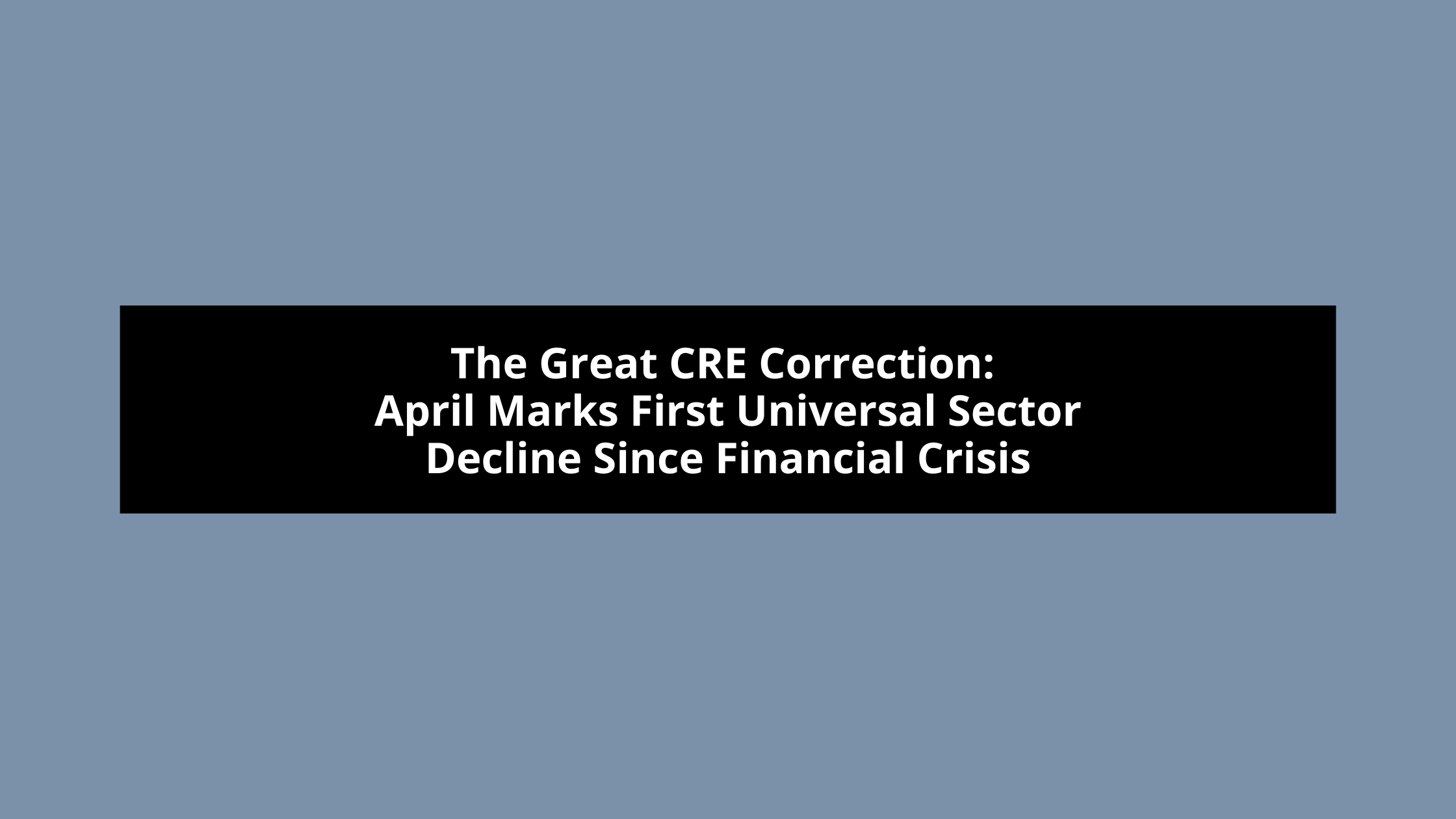The Future Opportunity in Opportunity Zones: Investment Ready to Surge with Program Extension
Investment in Opportunity Zones continues to show resilience despite regulatory uncertainty, with experts anticipating significant growth once legislation extending the program is finalized.
After raising $810 million in Q1 2025 – marking the second-strongest quarter since mid-2023 – the OZ investment landscape demonstrates sustained investor confidence even as stakeholders eagerly await Congressional action on program extension. While this represents a more measured pace compared to previous peaks, industry leaders see clear signals of pent-up demand ready to deploy once regulatory clarity emerges.
Investment Climate: Cautious but Optimistic
With more than $40 billion raised since the program’s inception in 2017 through the Tax Cuts and Jobs Act, Opportunity Zones have primarily catalyzed multifamily housing development nationwide, financing over 199,000 housing units.
The current fundraising environment reflects strategic patience among major investors. As executives from Redbrick LMD and Jackson Dearborn Partners observe, many institutional investors are deliberately positioning themselves to capitalize on what some are calling “Opportunity Zones 2.0.”
While the program requires investors to reinvest capital gains within a 180-day window to access tax benefits, many potential participants remain on the sidelines awaiting legislative certainty.
Transformational Projects Showcase Program Impact
The scale of development made possible through OZ funding is exemplified by landmark projects across the country. In Washington D.C., Redbrick’s impressive Bridge District development demonstrates how OZ equity can transform communities, with 757 units already under development and $335 million raised across two phases. This project represents just one example of how targeted investment can revitalize designated census tracts.
Legislative Outlook: Expanding Investment Potential
Congressional discussions around program extension include potentially transformative reforms. Among the most significant proposed changes is expanding eligibility beyond capital gains investments. This modification would substantially broaden the potential investor base and could accelerate development timelines across the 8,764 designated census tracts nationwide.
While lawmakers initially targeted Memorial Day for finalizing the broader budget and tax package that includes OZ extension provisions, most industry experts anticipate a somewhat later timeline for passage. Nevertheless, confidence remains high that renewal in some form will move forward.
Market Readiness: Preparing for the Next Wave
Development firms aren’t waiting for legislative confirmation to prepare their project pipelines. Anticipating renewed momentum once new rules are established, companies are strategically positioning themselves to capitalize on what many expect will be substantial investment acceleration.
As Redbrick LMD’s Louis Dubin aptly noted, the Opportunity Zone landscape requires close attention as activity is poised to intensify dramatically once extension legislation passes.
Commercial Real Estate Implications
For CRE professionals, Opportunity Zones represent a compelling intersection of financial incentives and community development. The program’s potential extension and expansion comes at a critical time for commercial real estate markets seeking new capital sources and growth opportunities.
Developers with shovel-ready projects in qualified census tracts should begin preparing now for increased investor interest, while investment firms would be wise to establish fund structures capable of rapidly deploying capital once legislation passes. The continued evolution of the Opportunity Zone program underscores its importance as both an economic development tool and an attractive investment vehicle, with its next chapter potentially unlocking even greater impact across America’s developing communities.
About Myles Lichtenberg, Esq., Owner and Founder of Myles Title
Myles Lichtenberg is recognized as a leader in handling some of the largest, most complex real estate title insurance transactions in the business. As things have evolved, Myles Lichtenberg, Esq., has grown as well and remains the industry’s “go to solution,” when others don’t have the resources or experience to handle transactions outside their normal practice. Accordingly, MylesTitle is a professional service firm which resulted in the culmination of Myles Lichtenberg, Esq.’s unique first-hand exposure to the real estate title insurance industry, and was created intentionally to fill a much-needed niche’ in the marketplace


